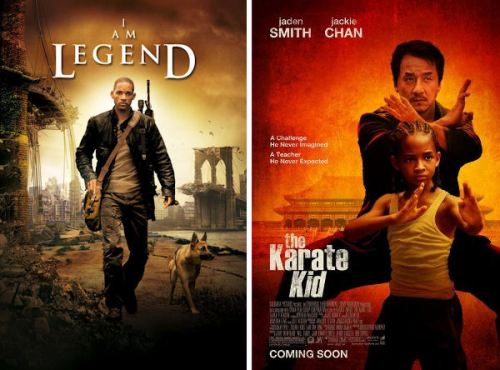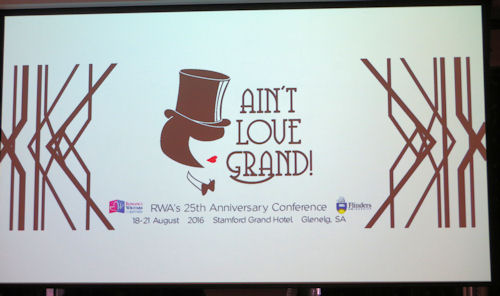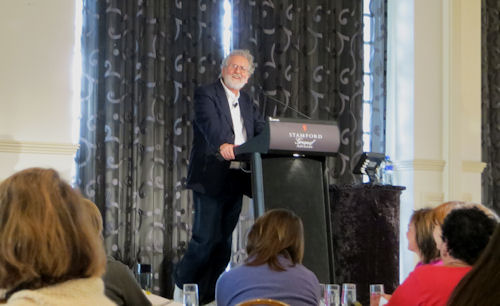Six years ago, I did a half day course with Michael Hauge. Who’s he, you ask. Well he’s the guy that most of Hollywood goes to for help to improve their scripts and storylines. He’s worked with the likes of Will Smith and Julia Roberts and Morgan Freeman. His credits include everything from Sci Fi epics like I am Legend to more character based films like The Karate Kid.

Two very different films but the same rules of storytelling apply to both
He is now primarily a teacher – and what a good teacher he is. Although he has worked mostly on feature films, he also works with authors and he has a lot to offer to offer on the subject of story structure, character arc and plotting. His great ability is to distil a complex book of 100 thousand words down to the key elements. To make it simple.
That half day course I did six years ago opened my eyes, and I have been drawing on things I learned there ever since and I still pop in to his website from time to time to read articles and advice.
I have written six novels since I did that first course. This week, as part of the Romance Writers of Australia conference, I was back in his audience again, for a full day seminar.

The Romance Writers of Australia conference – always a good place to learn more about my craft.
So it seemed a good idea to nominate six important things I took away from this day.
- The primary goal of every story is create an emotional experience for the reader.
- The hero or heroine is not someone who is heroic… they become heroic during the course of the story.
- Emotion arises from conflict, not from desire.
- A book should give a before and after picture of our key protagonist and their life… and we should be able to see the differences clearly.
- The reader needs to empathise with their key character and we need to create that empathy before we start showing the character’s flaws. That way, the reader will cut the character a little slack.
- Most Hollywood blockbusters (and the same can be said for successful novels too, I think) are based on five visible goals….
- To stop (something happening). This includes a lot of crime, sci fi, thriller horror and superhero films)
- To escape (from somewhere or some person). This would be a disaster film and some thrillers and horror films.
- To deliver (someone or something to some place). This is not common – but the best example is Lord of the Rings.
- To retrieve (someone or something). This is a film for Indiana Jones. It’s also any kidnapping film or heist story.
- To win (a contest or sports event or to win someone’s love). This is the most common form of film.
I have to say some of the concepts he raised made me struggle a bit – but that’s good. Struggling to understand what we do only makes us better at it. I guess I’ll be applying what I learned today to the next six novels I write.

The session in full swing.

It’s always inspirational attending a session by a great speaker and experienced teacher. As Rae says, they make it sound so simple! They can shoehorn you into a box that you can’t seem to make fit you, but it only takes a couple of great insights to revolutionise your approach.
He sounds fantastic – so how will it change your writing?
LikeLike
Pingback: The second time is the charm – Take Five Authors – Jenny Harper Author
That sounds a great session, Janet. The whole RWAus conference sounds equally fab! x
LikeLike
Lots to think about there. Thank you, Janet.
LikeLike
Reblogged this on Chicklit Sisters and commented:
Sounds a fascinating course Janet 🙂
LikeLike
Fabulous post Janet. Will definitely look him up and great tips here.
LikeLike
Pingback: Brilliant writing tips by the lovely Janet Gover | EvaJordanWriter.com
Great post Janet. Excellent advice. Definitely sharing – if that’s ok?
LikeLiked by 1 person
Please do share Eva – it’s all about helping each other. J X
LikeLike
Excellent advice. Thanks for the tips you picked up.
LikeLiked by 1 person
Great post, Janet. As Rae says, ‘you lucky thing’! I’ll check out his website.
LikeLike
Oooh you lucky thing, Janet – to learn from Michael Hauge twice! I regularly collect nuggets from his Story Mastery website and like to keep his article ‘Story Structure: 10 Simple Keys to Effective Plot Structure’ firmly by my side during the plotting stage. I agree, he’s an expert at distillation and making writing sound simple – if only! Thanks for sharing. : )
LikeLike
He is great. He sat at my table for lunch yesterday – he was really friendly and chatty too. And he is really very funny, both when he’s teaching and when he’s just chatting.
LikeLike